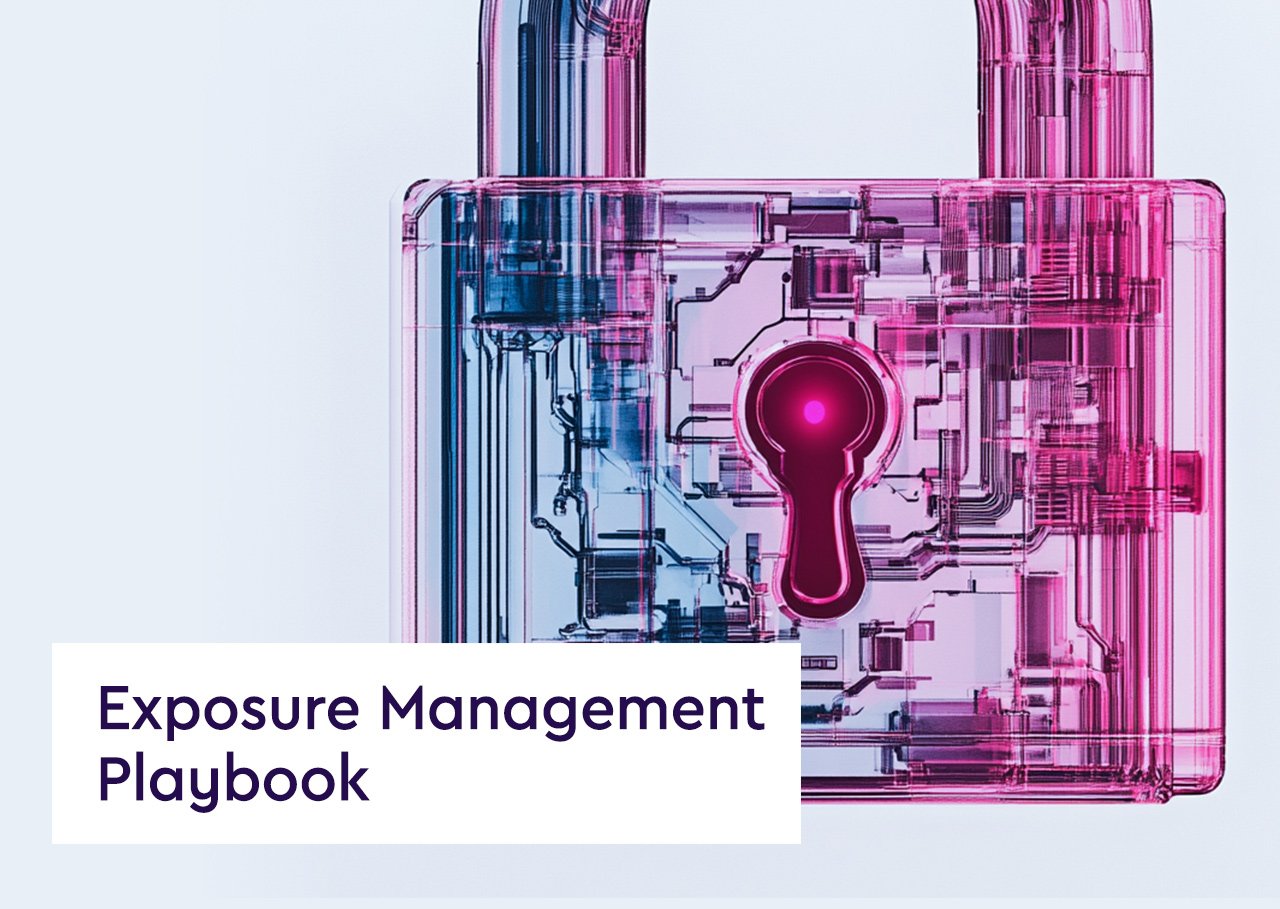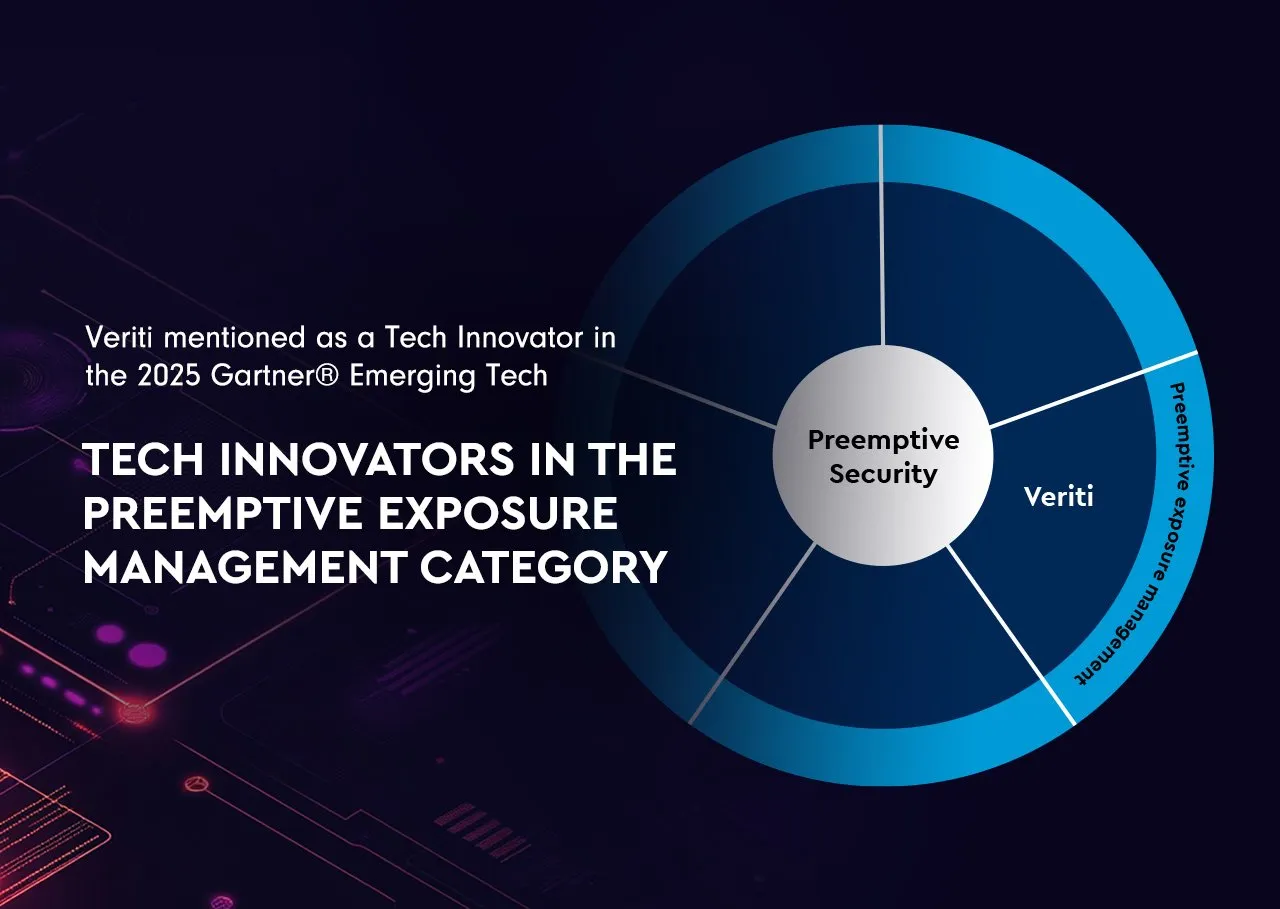Definition: Security Analytics refers to the practice of collecting, aggregating, and analyzing data from various sources within an organization’s IT environment to detect, investigate, and respond to cybersecurity threats. This discipline combines big data capabilities with advanced analytics techniques to understand and counteract attempts at unauthorized access and other cyber threats.
Key Components of Security Analytics:
- Data Collection: Gathering large volumes of data from network devices, servers, endpoints, and other sources.
- Data Integration: Integrating and correlating data from diverse sources to create a comprehensive view of the security landscape.
- Advanced Analytics: Using sophisticated analytical methods, including machine learning and statistical analysis, to identify patterns indicative of cyber threats.
- Threat Detection and Investigation: Identifying potential security incidents and investigating them to determine their nature and impact.
Importance of Security Analytics:
- Proactive Threat Detection: Enables organizations to identify and respond to threats before they cause significant damage.
- Enhanced Incident Response: Provides the insights needed for a faster and more effective response to security incidents.
- Compliance and Reporting: Helps meet regulatory compliance requirements by providing detailed insights into security events.
- Strategic Security Planning: Assists in making informed decisions about cybersecurity strategies and investments.
Challenges in Security Analytics:
- Volume and Complexity of Data: Managing and analyzing the vast amounts of data generated by modern IT systems.
- Skill Requirements: Need for skilled personnel capable of interpreting complex data and identifying potential security threats.
- Keeping Pace with Evolving Threats: Continuously updating analytical models to detect new and sophisticated cyber threats.
Best Practices for Security Analytics:
- Comprehensive Data Collection: Ensuring a wide range of data sources are included in the analysis.
- Continuous Monitoring and Improvement: Regularly updating and refining analytical tools and methodologies.
- Integration with Other Security Solutions: Combining security analytics with other security measures, such as firewalls and intrusion detection systems.
- Investment in Talent and Technology: Allocating resources for skilled cybersecurity analysts and advanced analytical tools.
Security Analytics plays a crucial role in modern cybersecurity strategies, offering deep insights into the security environment and enabling proactive detection and response to threats. While it presents challenges in terms of data management and skill requirements, the benefits it brings to cybersecurity efforts are substantial, making it an essential component of any robust security program.




